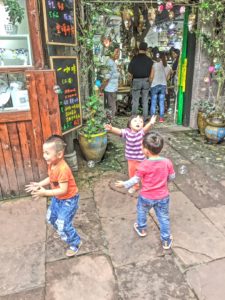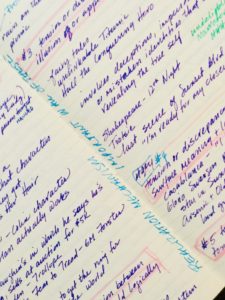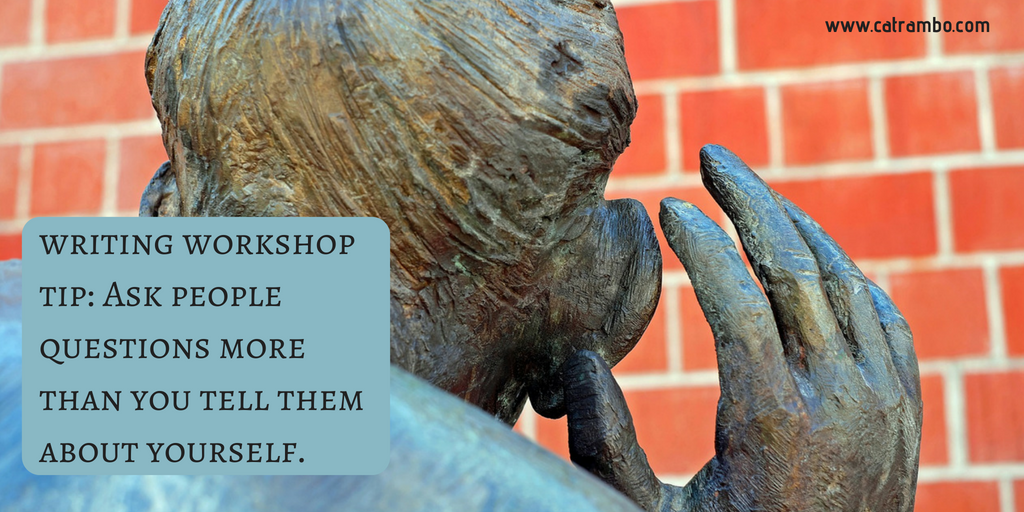
Dear Cat Rambo,
Thank you so much for your donation to my classroom. Having copies of Persepolis: The Story Of A Childhood has had a dramatic impact on my students as they finish their eighth grade year.
When the students received copies of a book that they were actually interested in, they felt like they were the ones in charge of their learning experience. The decision to design a unit around Persepolis was student driven. Earlier this year I noticed that students were coming to class regularly asking questions about the Middle East and Islam. In student interest surveys, the class overwhelmingly expressed a desire to learn more about these topics. So when students got copies of Persepolis, they felt as if their voices were being heard. When I started the unit, I noticed a big increase in student engagement. “I felt lucky!” Eighth grader De’jean Williams said when the class received the books. “Adults hardly ever listen to us- it’s nice when they finally do.”
The Persepolis books have provided students with a window into life in the Middle East. Students are beginning to understand the complexity of the forces shaping the region. They are deeply engaging with questions about the role of government, culture and religion influencing a society. Middle school is the time when students are first beginning to shape their world-view. Reading Persepolis is helping students in this process. As the United States gets more and more involved in the region, I am so glad that my students understanding of the region is growing.
Thanks again for your generous donation! You are truly making a difference in the lives of young people!!
With gratitude,
Ms. Founds
Want to see students reading diverse, interesting, informative reading that features protagonists like them? Find programs doing just that and help them.






